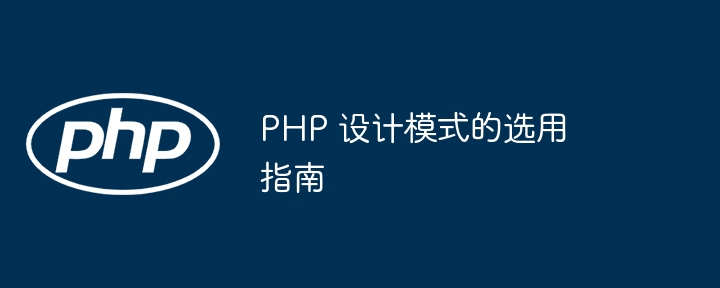

Guidelines for Choosing PHP Design Patterns
A design pattern is a predefined solution to common programming problems. They are designed to improve code reusability, scalability, and maintainability.
Principles for selecting design patterns
Common PHP design patterns
Creative
Structural
Behavioral
Practical case: singleton mode
Suppose you are creating an e-commerce website and need a logging class responsible for writing log files. To ensure that there is only one log file, you can use the singleton mode:
class Logger { private static $instance; private $handle; private function __construct() { $this->handle = fopen('log.txt', 'a'); } public static function getInstance() { if (!isset(self::$instance)) { self::$instance = new Logger(); } return self::$instance; } public function write($message) { fwrite($this->handle, $message . "\n"); } public function close() { fclose($this->handle); } } // 使用单例类 $logger = Logger::getInstance(); $logger->write('商品添加成功'); $logger->close();
Using the singleton mode, no matter how many requests there are in the website, there is always only one instance of the log file.
The above is the detailed content of A guide to choosing PHP design patterns. For more information, please follow other related articles on the PHP Chinese website!